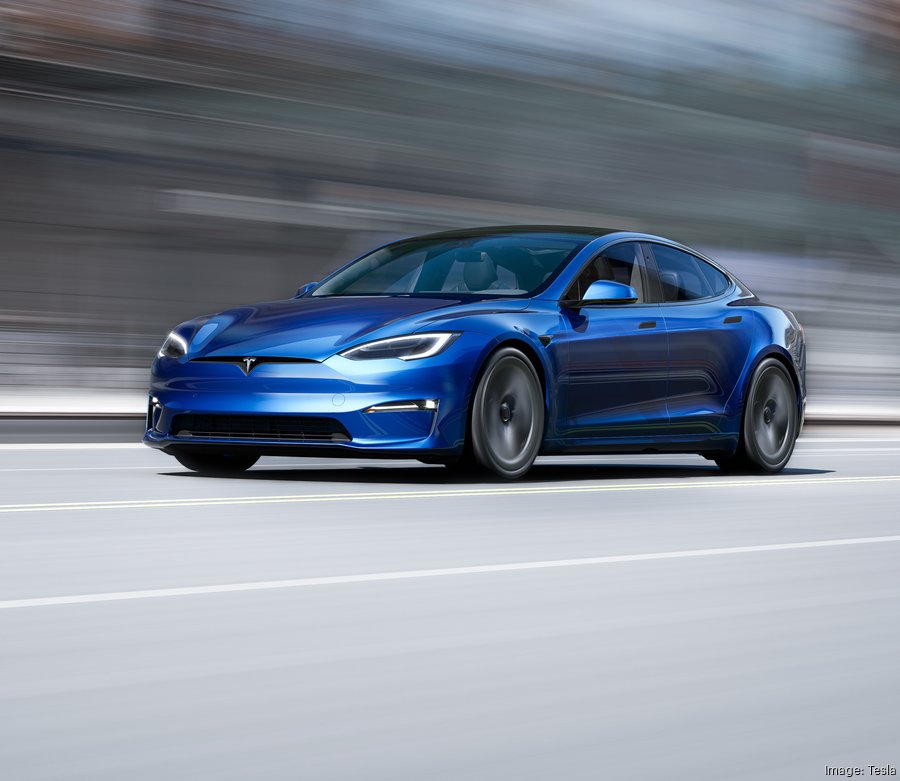Listen to this article 3 min
The decision by Tesla Inc. to expand its automotive manufacturing with the construction of a Gigafactory near Monterrey, Mexico, could deliver an economic windfall for the Alamo City and the larger San Antonio-Austin megaregion.
That’s according to a veteran national site selection expert who says South Central Texas, and especially the San Antonio-Austin corridor, will be a prime landing spot for additional auto industry investment tied to or lured by Tesla’s nearshore project.
“We're looking at new automotive plants, new battery plants, suppliers for the EV industry, automotive design — all of these type of things,” said John Boyd, principal for The Boyd Co. Inc.
Multiple factors, including economic concerns and global uncertainties, are causing American companies to rethink their international footprint, with nearshoring moves expected to become more prevalent.
“There's a sea of investment leaving Asia, looking for low-cost alternatives. Many of these projects will end up in the U.S., some in Canada, but a lot of these projects will be going to Mexico,” Boyd said, insisting that the San Antonio-Austin corridor is well-positioned to take advantage of the monumental shift.
Areas along State Highway 130, including Seguin, could also score some of that new activity.
“We're getting a lot of data requests and interest for markets,” Boyd said, citing Caldwell and Guadalupe counties as some of the areas drawing attention. “A win anywhere along that SH 130 corridor benefits the entire megaregion.”
Boyd isn’t alone in his prognostication for the San Antonio-Austin corridor, already home to Toyota and Navistar manufacturing facilities in the Alamo City and a separate Tesla plant some 70 miles to the north.
“You will see new manufacturing and services develop in the region and the enhancement of logistics services,” said Jorge Canavati, president of J. Canavati & Co., a San Antonio-based logistics company. “Not unlike what happened with Toyota but on a grander scale."
Economic development leaders in the region will need to be strategic to maximize the opportunities created by nearshoring on this side of the border. Boyd said they need to preach the corridor narrative and the region’s assets, while identifying as many sites as possible suitable for potential spin-off development.
“Companies in the advanced manufacturing sector want to have as many shovel-ready industrial sites as possible to choose from,” Boyd said, noting that they also need access to a large labor pool and the ability to tap into universities and research institutes for support.
The San Antonio-Austin region can deliver in those areas and can also offer key transportation assets, including intermodal rail and inland port infrastructure.
“San Antonio has emerged in its own right as a global destination for advanced manufacturers and other industry,” Boyd said. “Two of the fastest growing and most dynamic markets in the country today are San Antonio and Austin.”
